Analysis of Selection Sort, Merge Sort, and Queue Algorithms Report
VerifiedAdded on 2022/10/17
|17
|1992
|18
Report
AI Summary
This report provides a comprehensive overview of sorting algorithms, specifically focusing on selection sort, merge sort, and queue data structures. It begins with an introduction to sorting, emphasizing its importance in arranging data for efficient retrieval. Part 1 delves into selection sort, explaining its in-place comparison method and providing code examples. The report then analyzes its running time, memory requirements, and stability. Part 2 explores merge sort, highlighting its divide-and-conquer approach and presenting code implementations. It discusses the algorithm's key steps, time complexity, and space complexity. Part 3 shifts the focus to de-queues, queues, and priority queues, defining their functionalities and illustrating their applications with code. The report concludes by summarizing the discussed algorithms and their real-world implications, with a note on the NetBeans platform used for code implementation. The assignment also includes references to relevant research papers.
1 out of 17

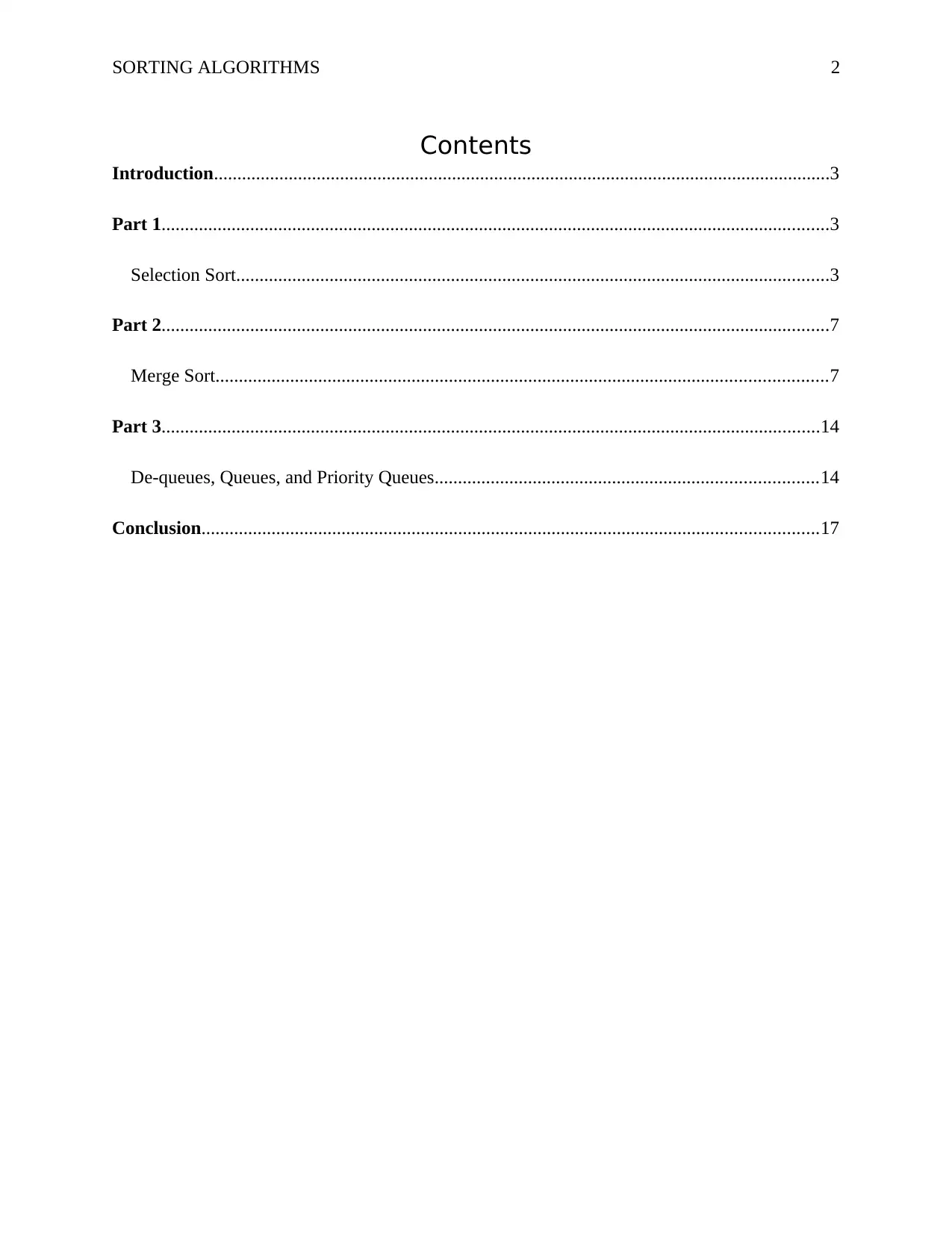
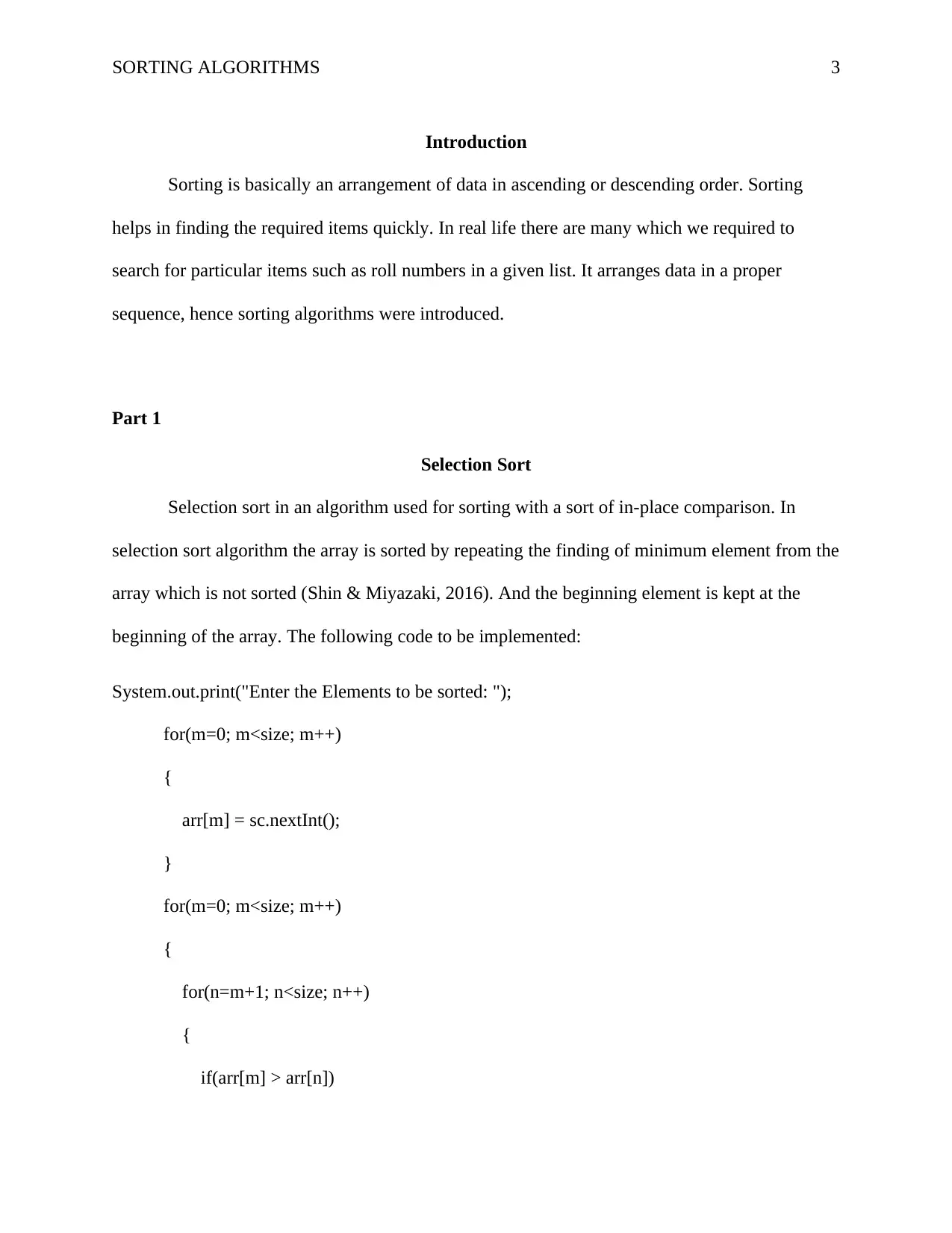

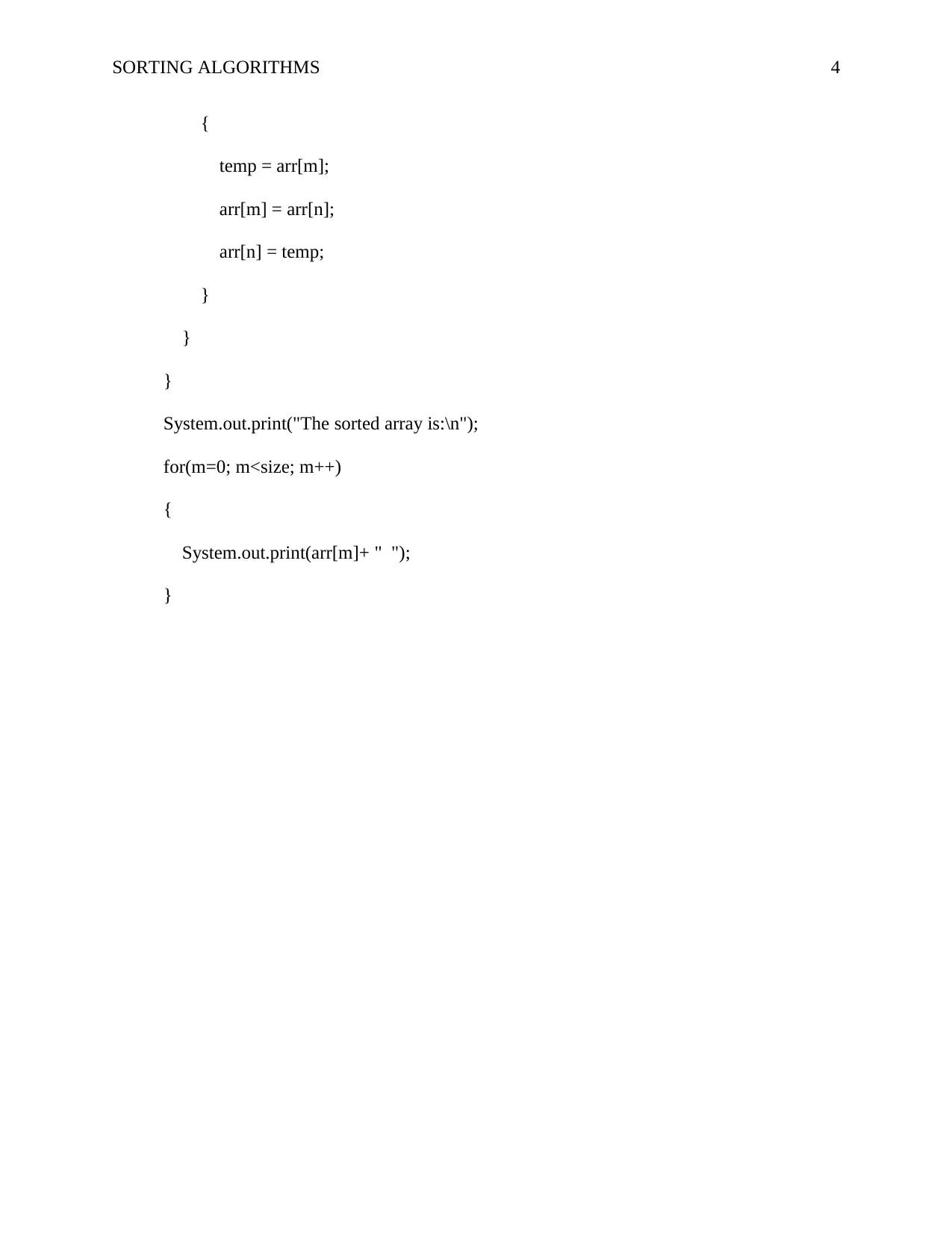
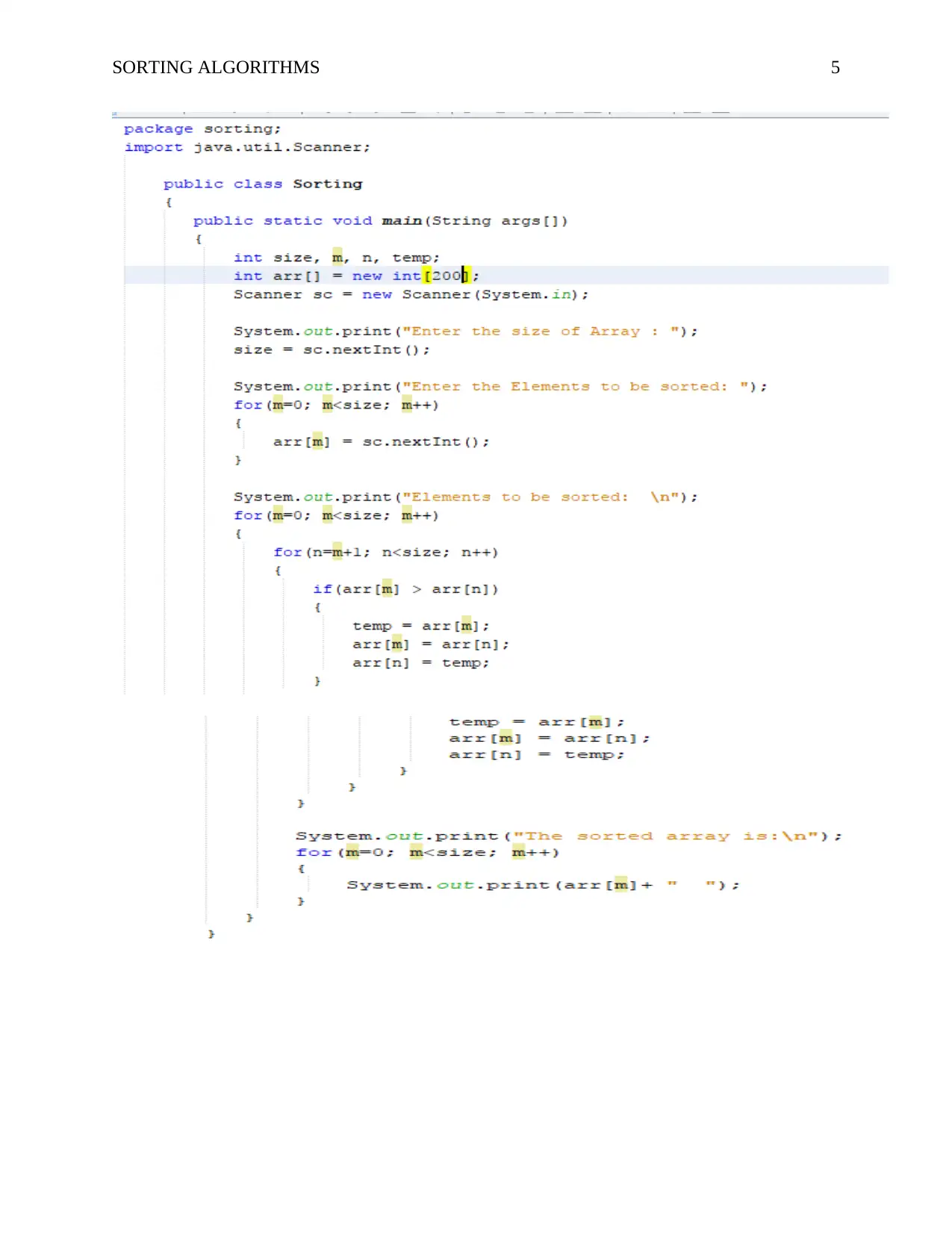
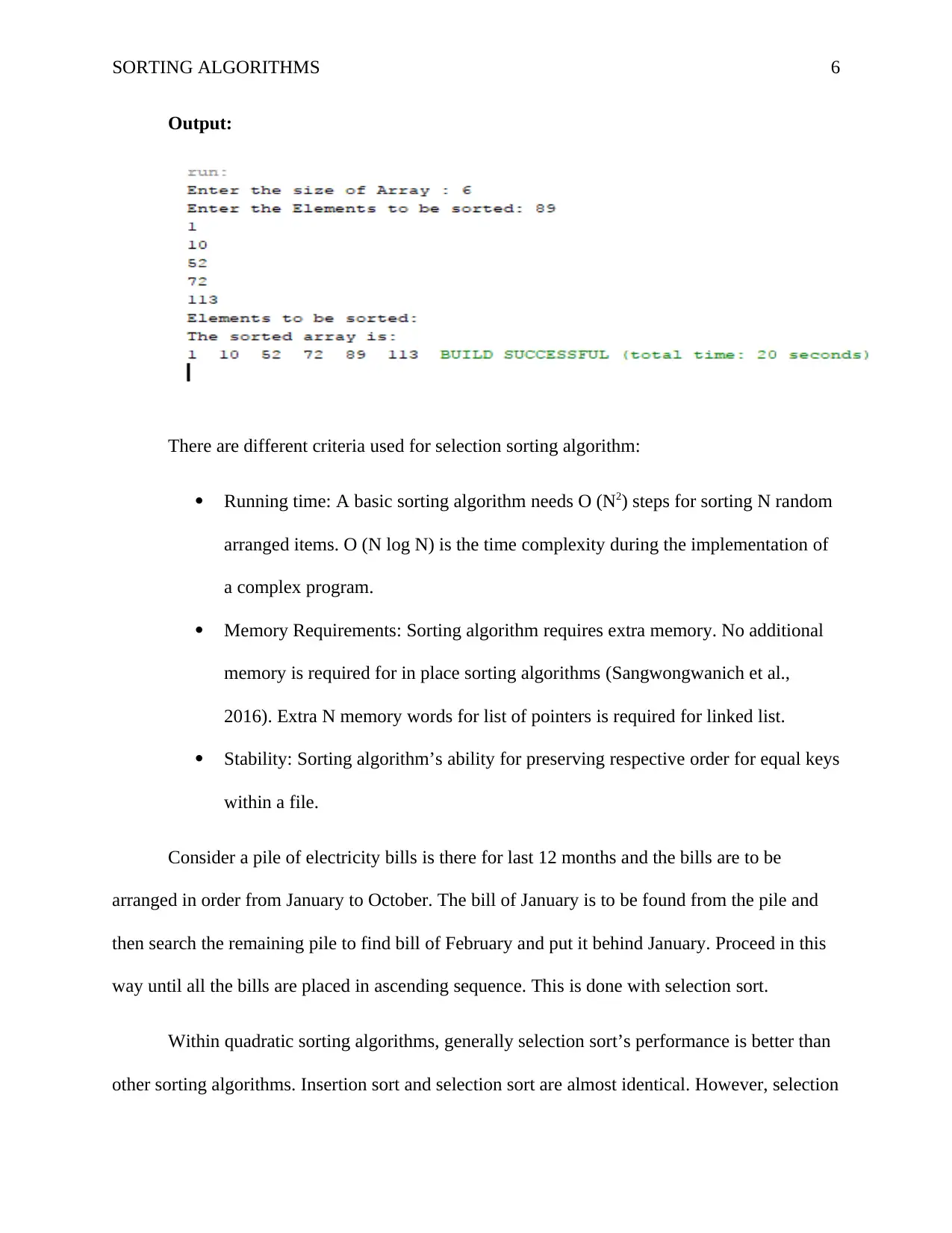
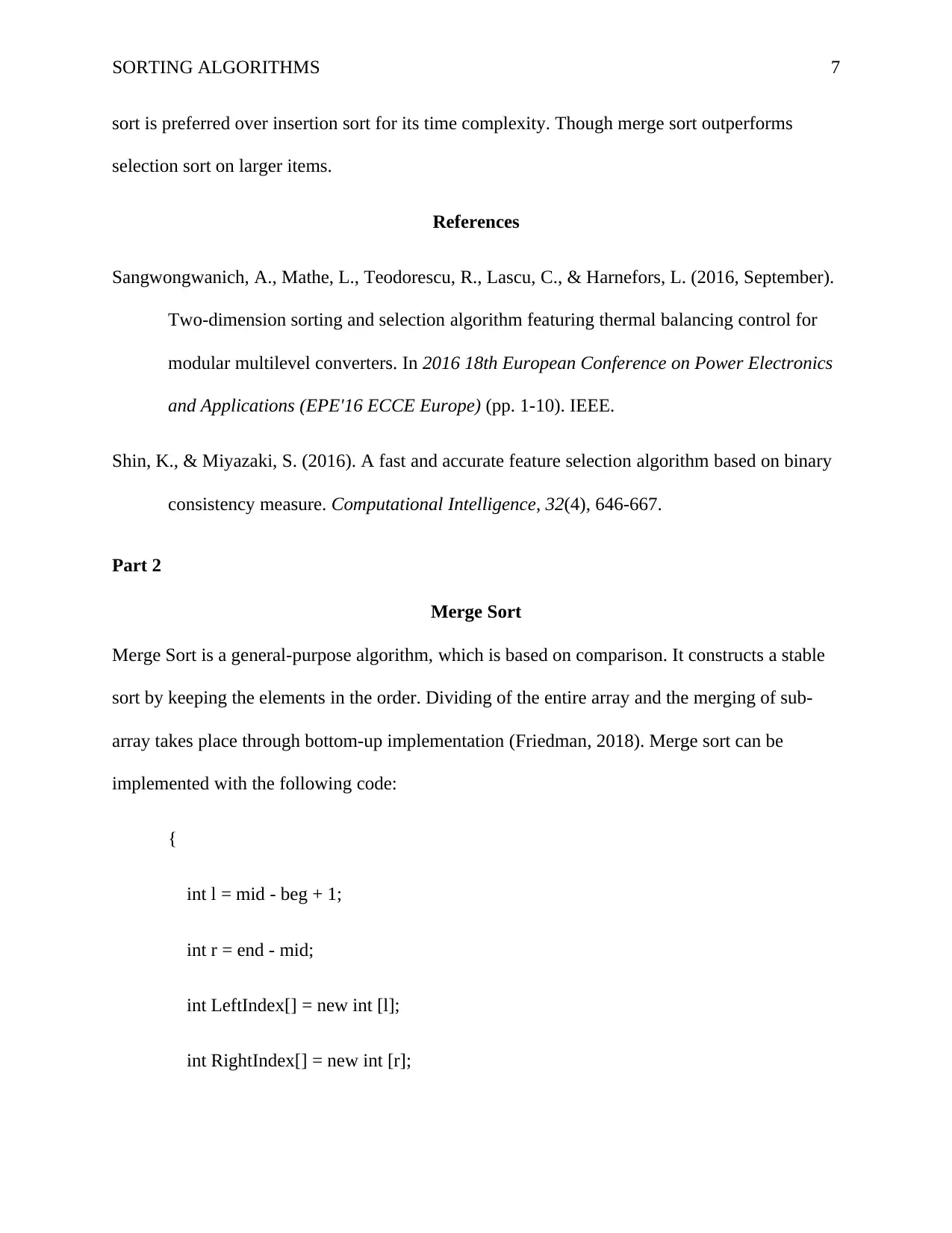
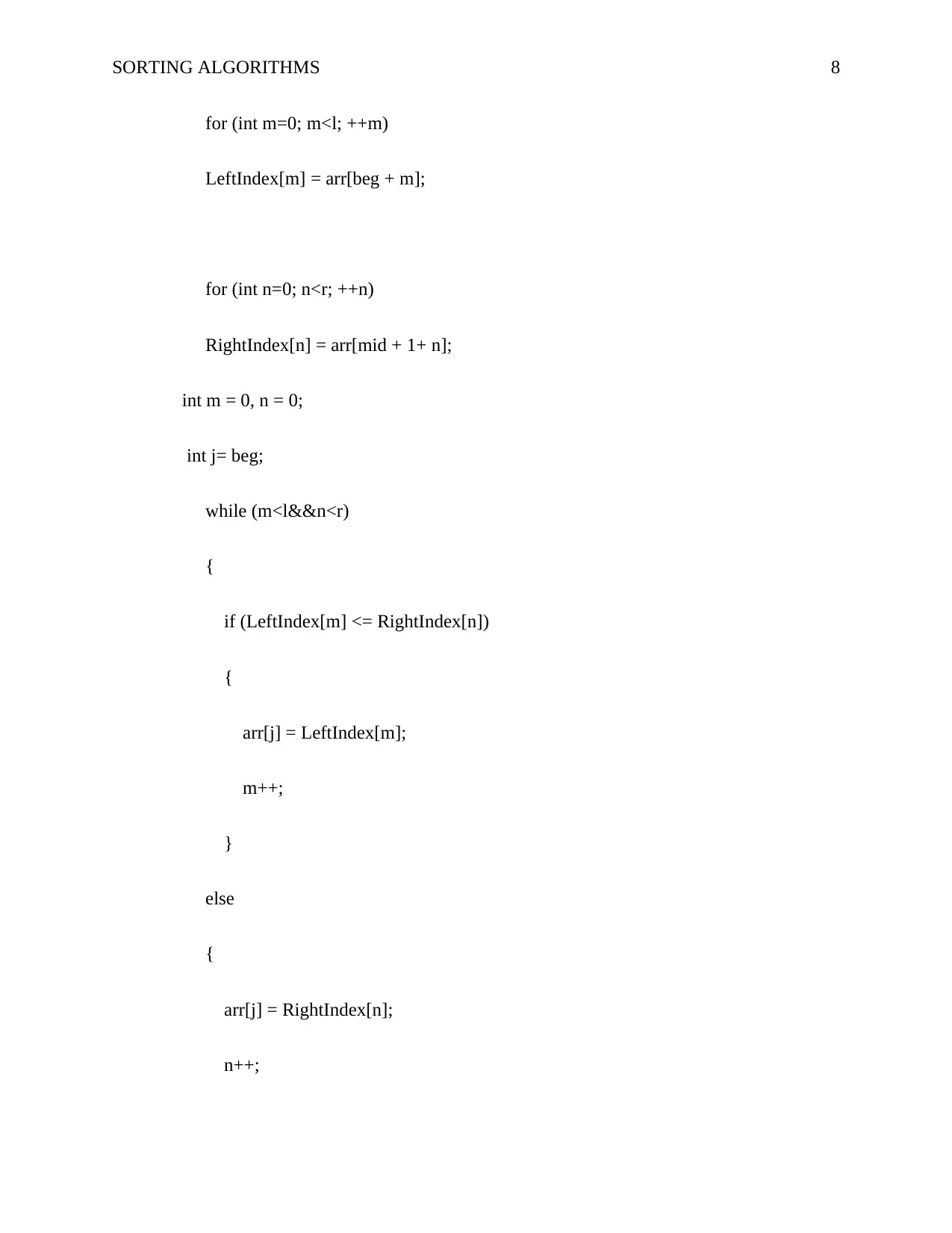
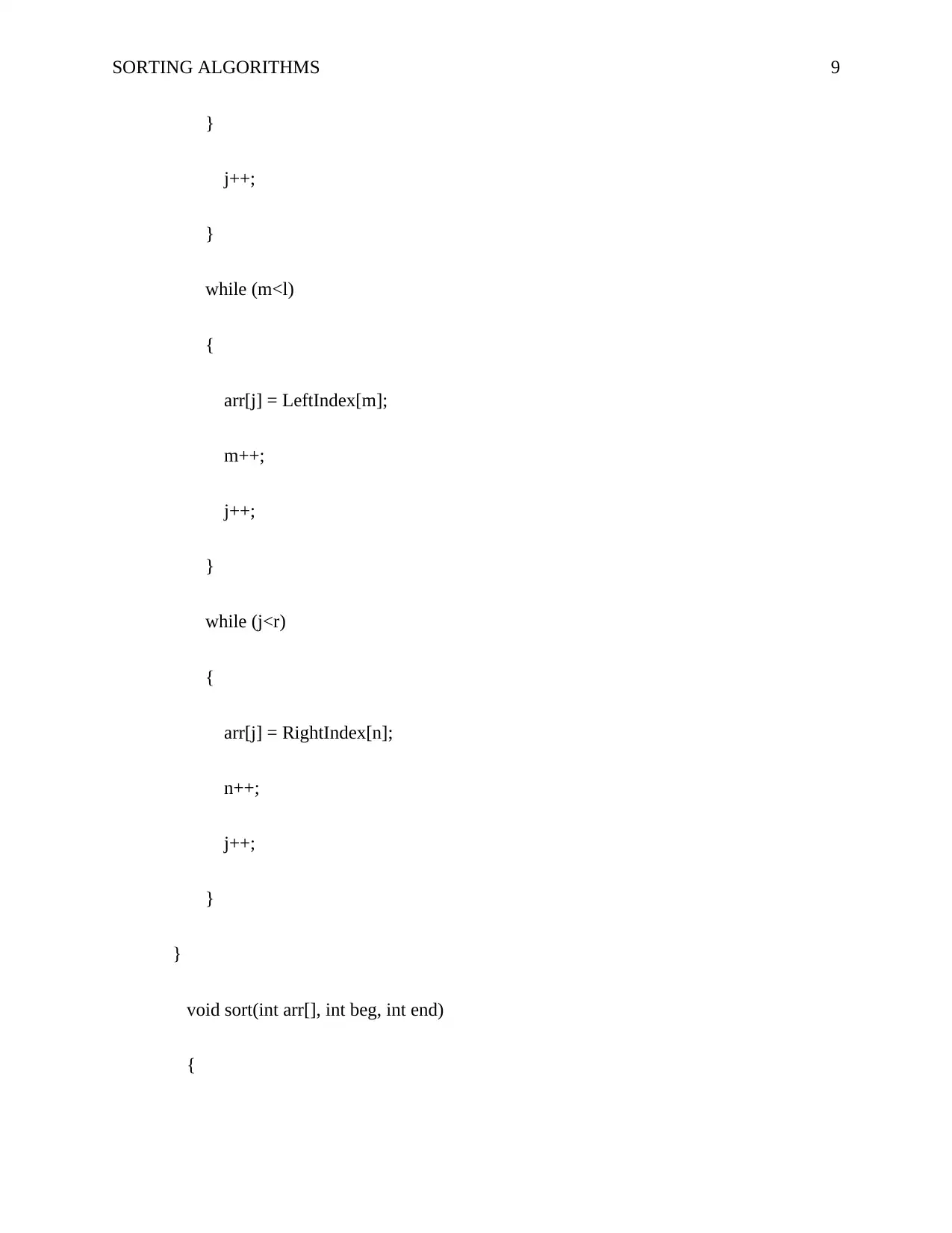
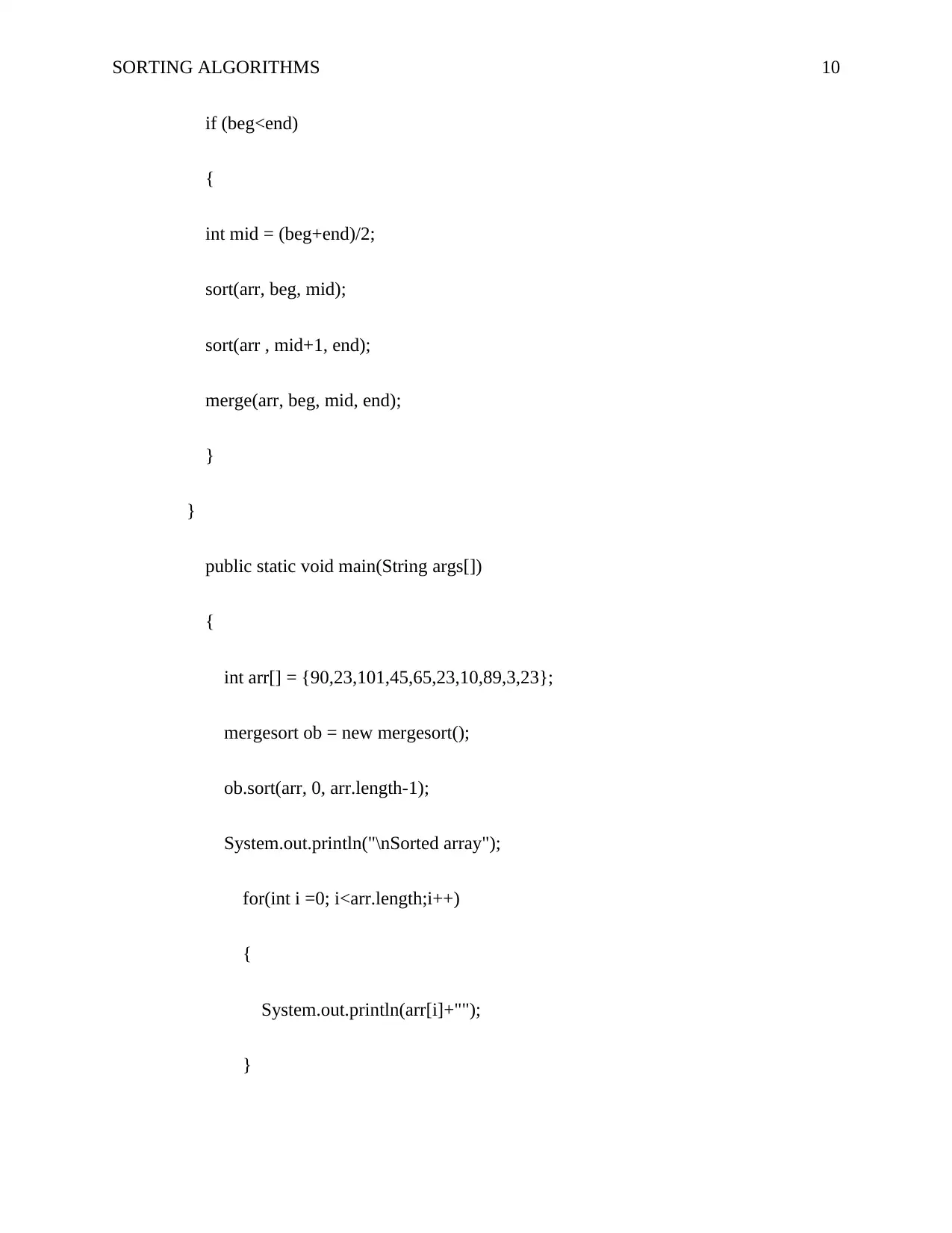
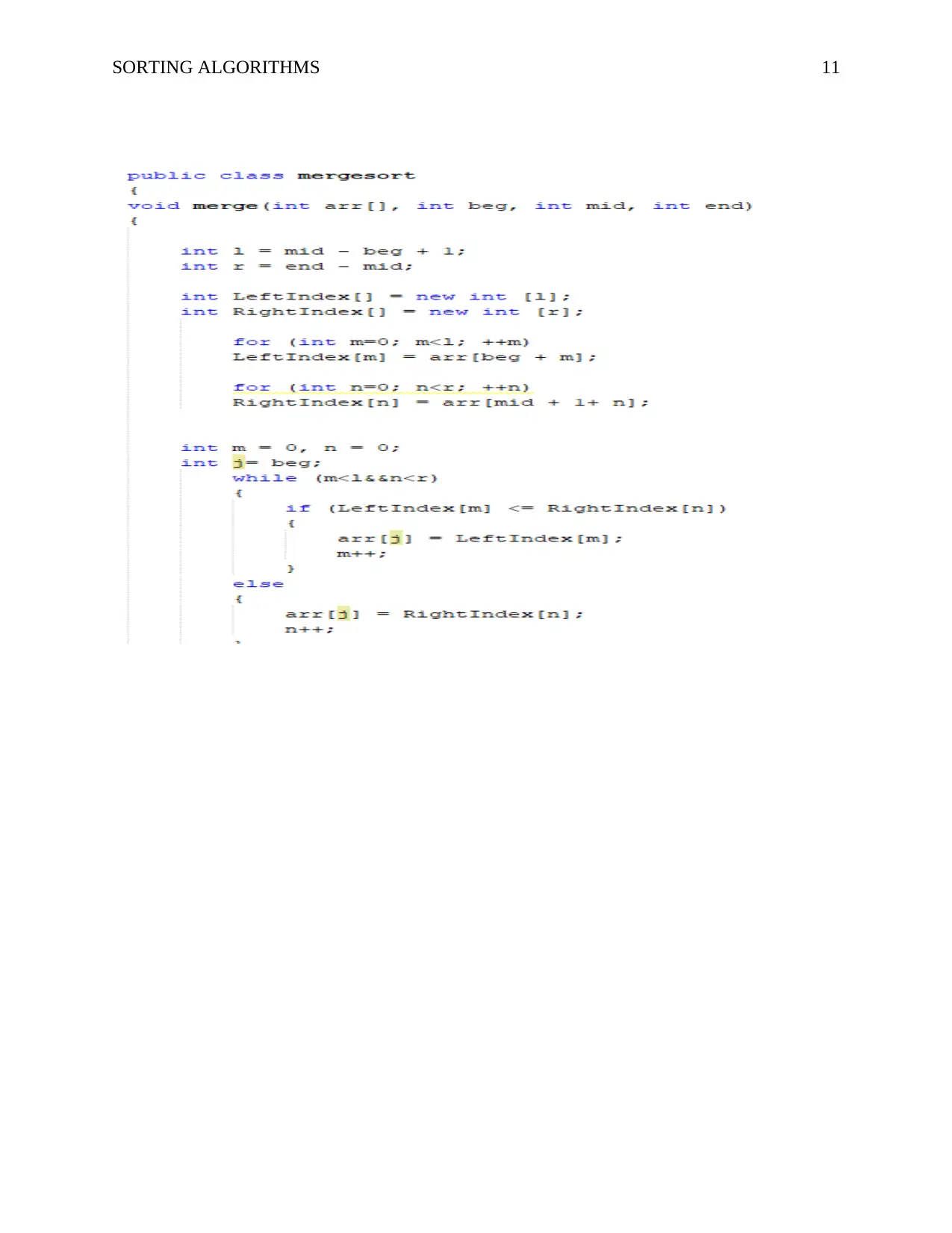
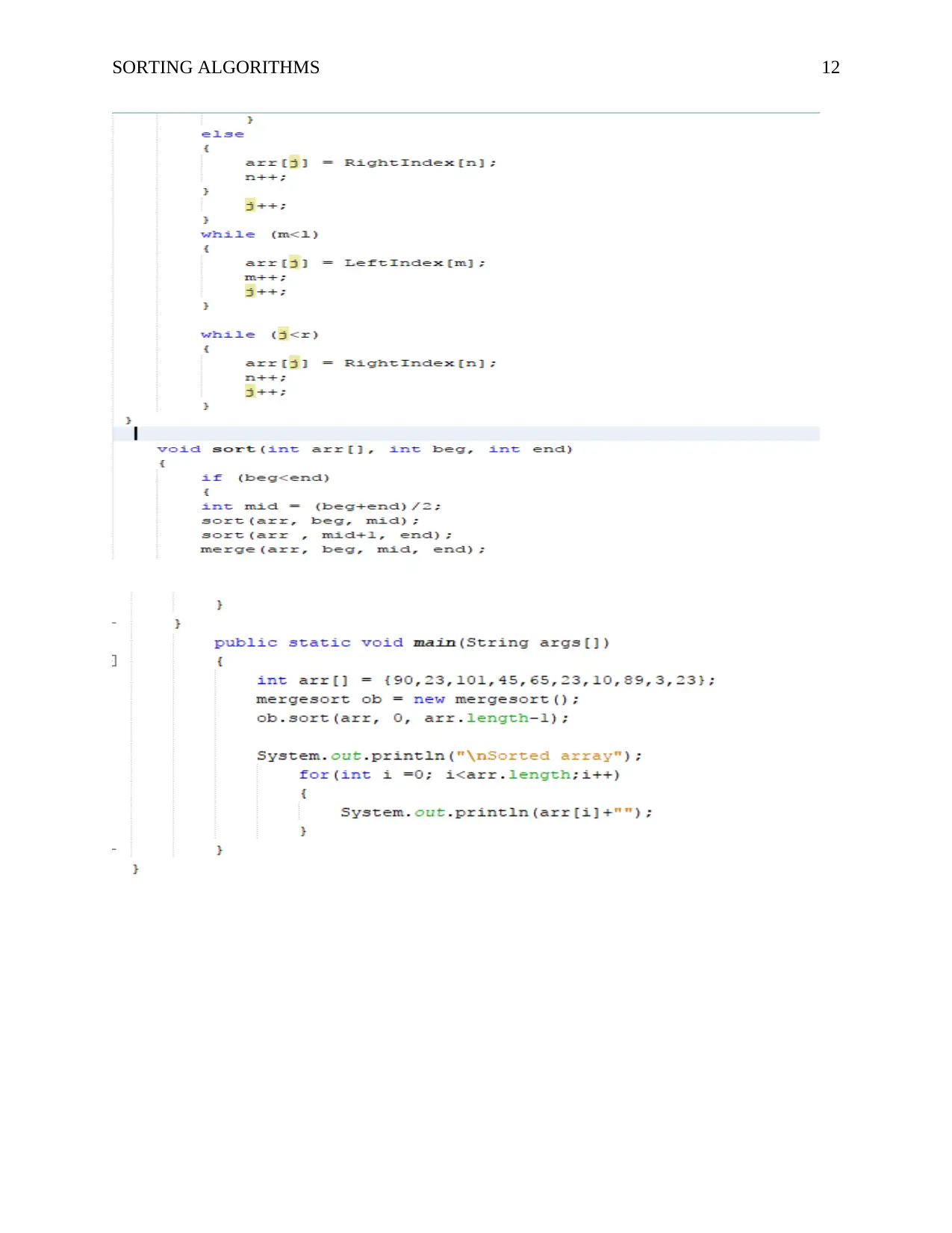
![[object Object]](/_next/static/media/star-bottom.7253800d.svg)